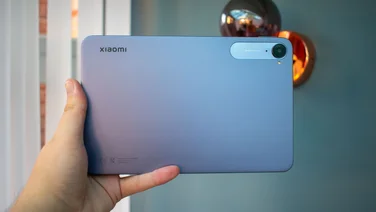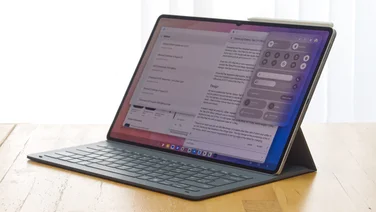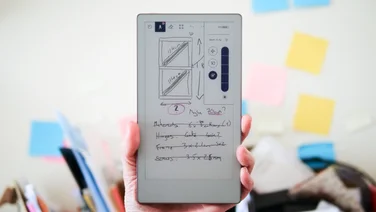To help us provide you with free impartial advice, we may earn a commission if you buy through links on our site. Learn more

One laptop per child (OLPC) is a non-profit organisation associated with creating low-cost laptops for the developing world. For its latest project, it’s targeting the developed world’s kids with the Vivitar OLPC XO Android tablet. This device will go on sale in the US through Wal-Mart stores. A price hasn’t been announced, although we’ve been told that it will be relatively cheap. A worldwide launch should then follow and it’s hoped that the tablet will make it to the UK. We’ve seen our fair share of budget Android tablets before and looking at the specs of the Vivitar OLPC XO (1.6GHz dual-core processor, 1GB RAM and a 7in screen with a 1,024×600 resolution) it would appear, at first, to be like many other tablets already available. The big difference from the outside is the child-friendly look and feel, with a rubberised outside and the neat carrying ring at the top-left. What sets this product apart, however, is the XO Learning System front-end to Android. This splits the pre-loaded apps into 12 ‘dreams’ for children, such as ‘I want to be an artist’ and ‘I want to be a mathematician’. Each dream has a set of associated apps that help the child develop their goals. With three levels of apps, the tablet should grow with each child’s development. Multiple children can use the same tablet thanks to the ability to add up to three profiles, which are quick and easy for the parents to configure. Each profile can be controlled as to what apps and data it’s allowed to access, giving parents piece of mind that they’re not giving a completely unlocked device to a child. Each profile has a journal mode, which shows exactly how the child spent their time, as well as recording the websites that they visited. XO Learning has its own store and eBook library, where all of the applications and books have been vetted as safe for children. Again, it removes a headache that some parents have when giving a product to a child. With ages three to 12 supported by the tablet, our concern was that for the older child they’d soon outgrow this learning device and want a proper Android tablet as well. Fortunately, XO Learning is just a front-end and the full Android experience is sat behind it. Parents can configure who has access to full Android and the Google Play store.
From a first look it seemed like a slick and easy-to-configure product that could be ideal for parents that want to get their kids a tablet, but want it locked down so it’s more an educational tool.






